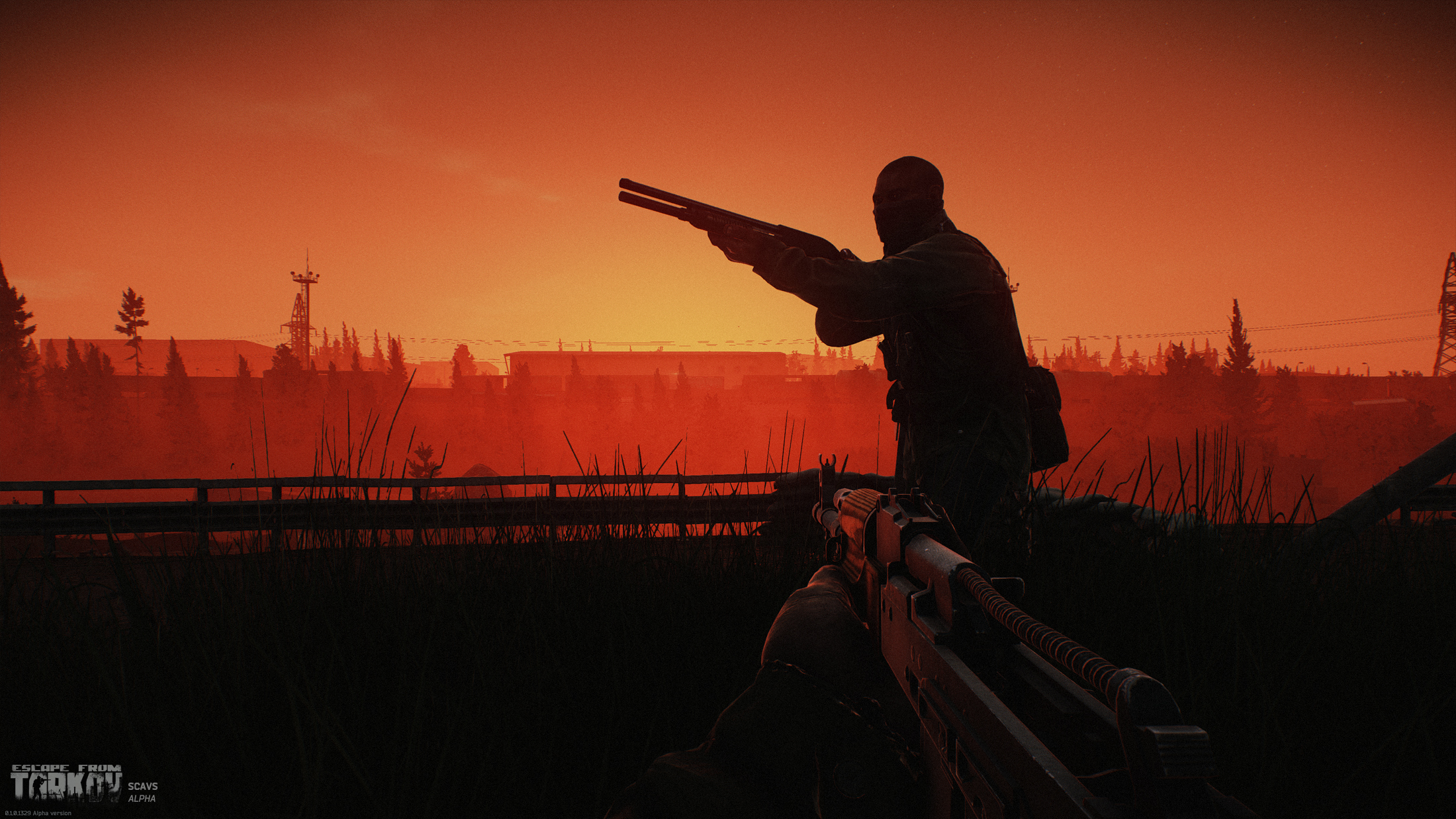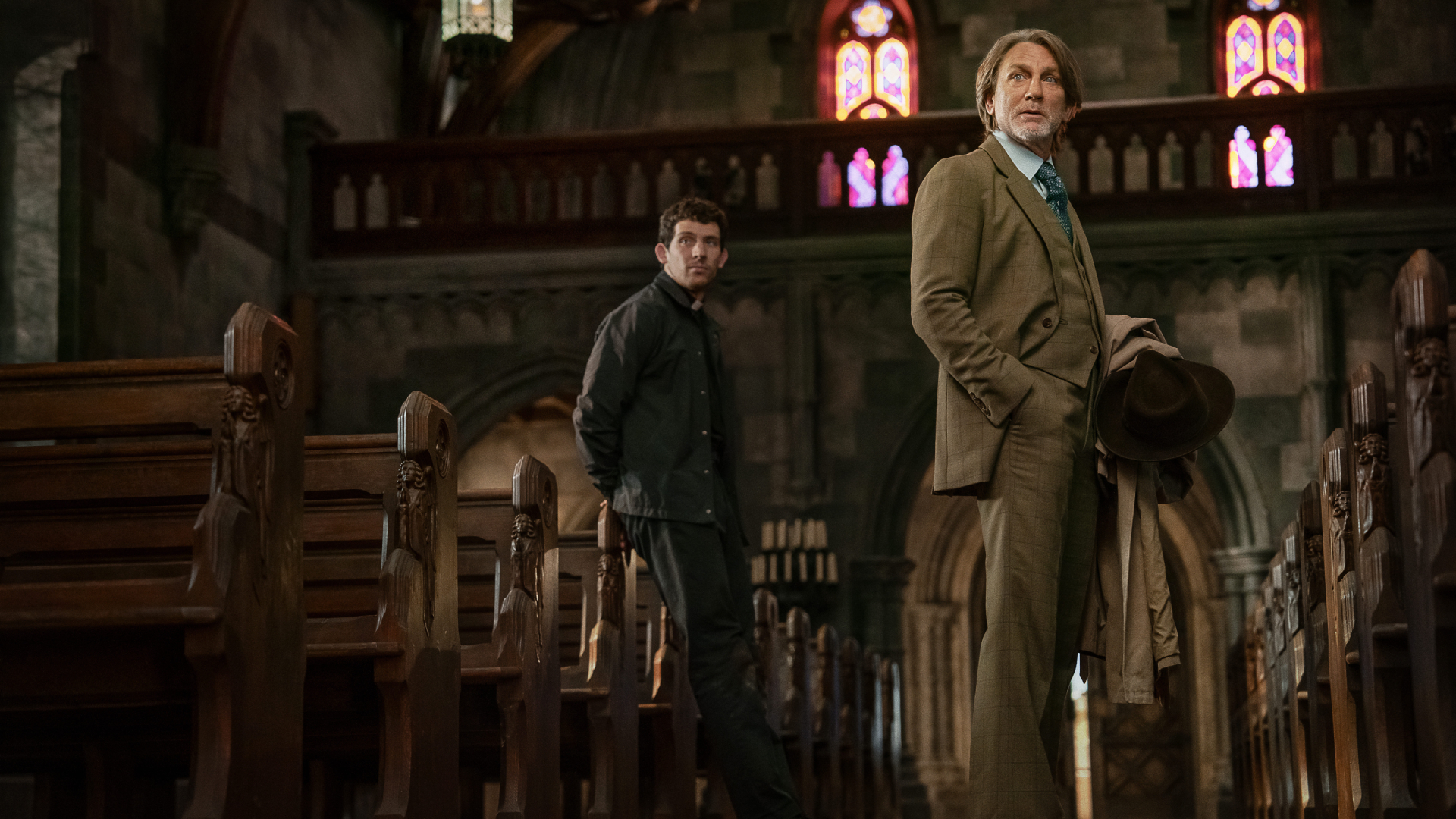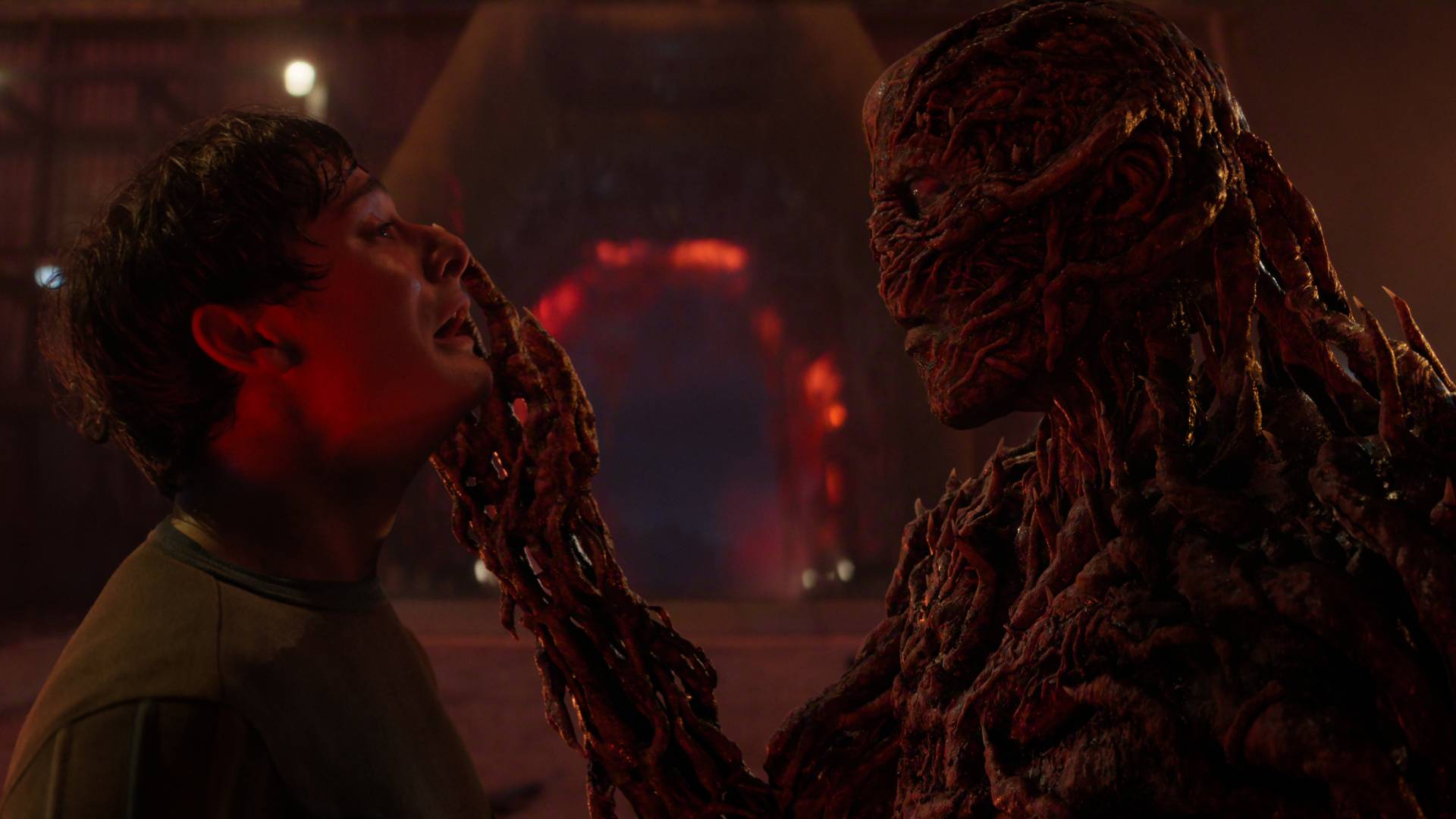"Everyone is here": the three magic words that made Super Smash Bros. Ultimate one of Nintendo's greatest achievements
Opinion | Smash's future on the Switch 2 is uncertain, but it's hard to imagine anything being bigger than Ultimate
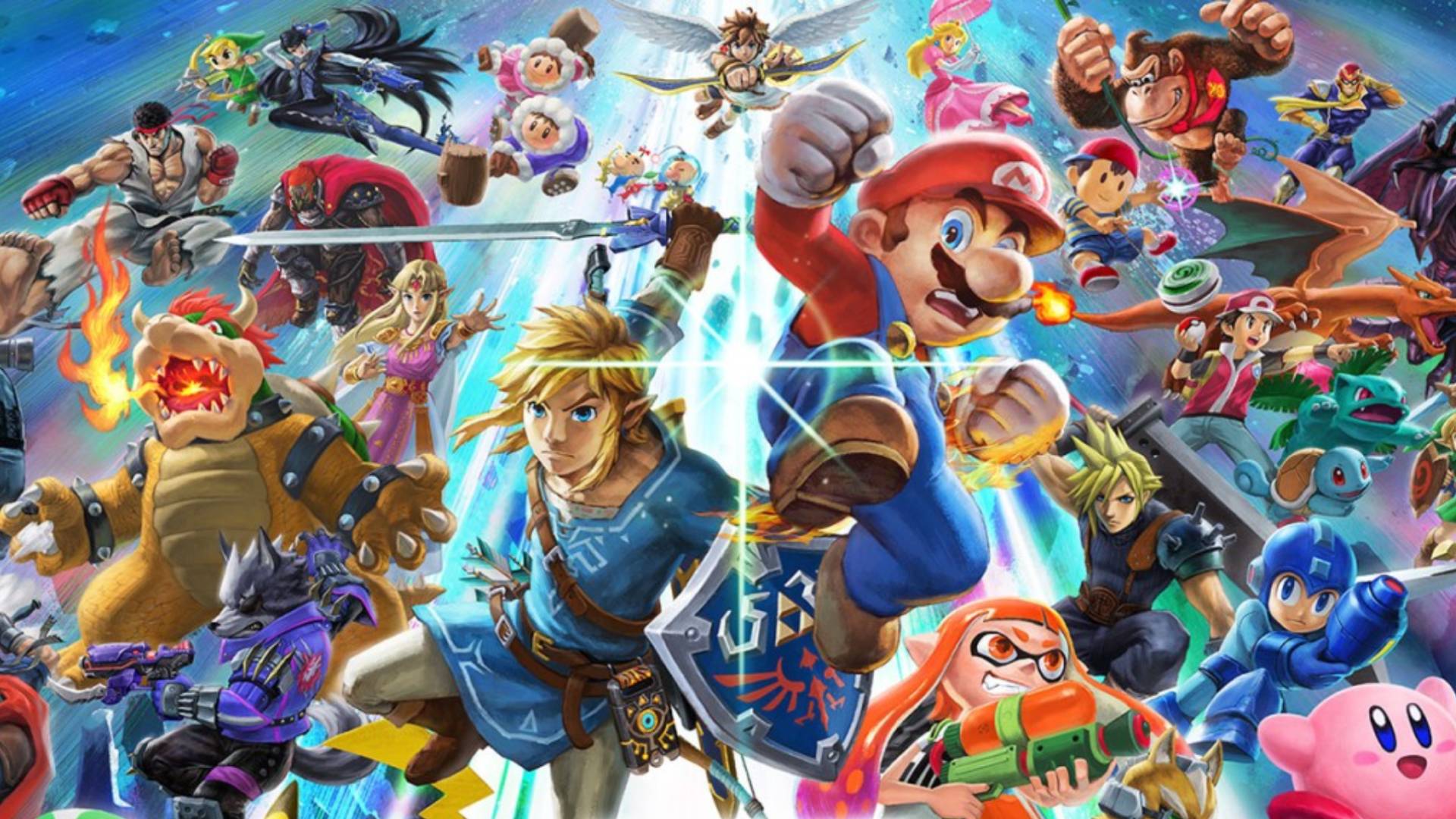
Once upon a time, mentioning the Smash Bros. franchise inevitably ignited an argument over whether or not Nintendo's accessible brawler is a "real" fighting game. But now, as the Switch 2 looms on the horizon – alongside the possibility of a new Smash Bros. – these squabbles seem like a distant memory. In its stead stands a Smash Bros. Ultimate legacy that transcends petty genre categories. Ultimate exists in a loftier league of video games: those rare experiences that define console generations and reach a pinnacle that may never be replicated again.
Originally released in 2018 for the Nintendo Switch, Super Smash Bros. Ultimate and its expansive roster was met with near universal critical acclaim. It reached an impressive Metacritic score of 93, and over the course of its lifetime, sold more than 38 million copies for the Switch, Nintendo's most successful gaming console. Ultimate is the third highest-selling game on the platform; about one in four Switch owners bought a copy of the game. The party game quietly reached more people than The Legend of Zelda: Breath of the Wild, a fact that's all the more impressive when you consider that Breath of the Wild was released two years before Ultimate and is available on more platforms. Ultimate is the sixth entry in the franchise – and also the best-selling game in its 26 year history.
In some ways, Ultimate's achievements are difficult to separate from the popularity of its platform. The Switch did well, and people primarily purchase Nintendo hardware to play first-party Nintendo games. Many of those franchises, like Animal Crossing and Mario Kart 8, broke into the mainstream in a way Nintendo hadn't been able to do since the Wii introduced gamers to the concept of the casual-focused "blue ocean strategy". But beyond this built-in heightened visibility, Ultimate reached a stride for the series by going out of its way to please everyone.
Full house
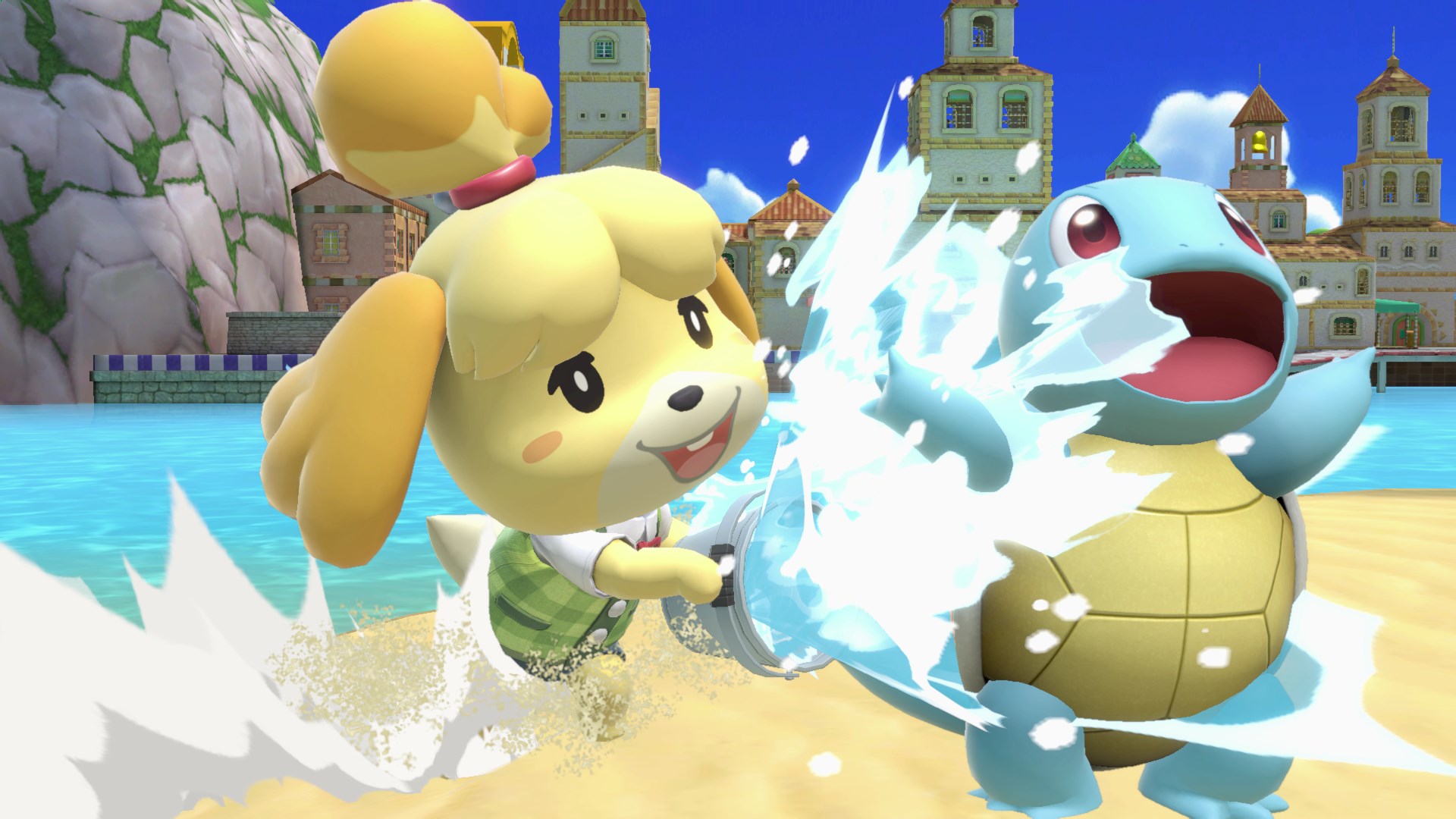
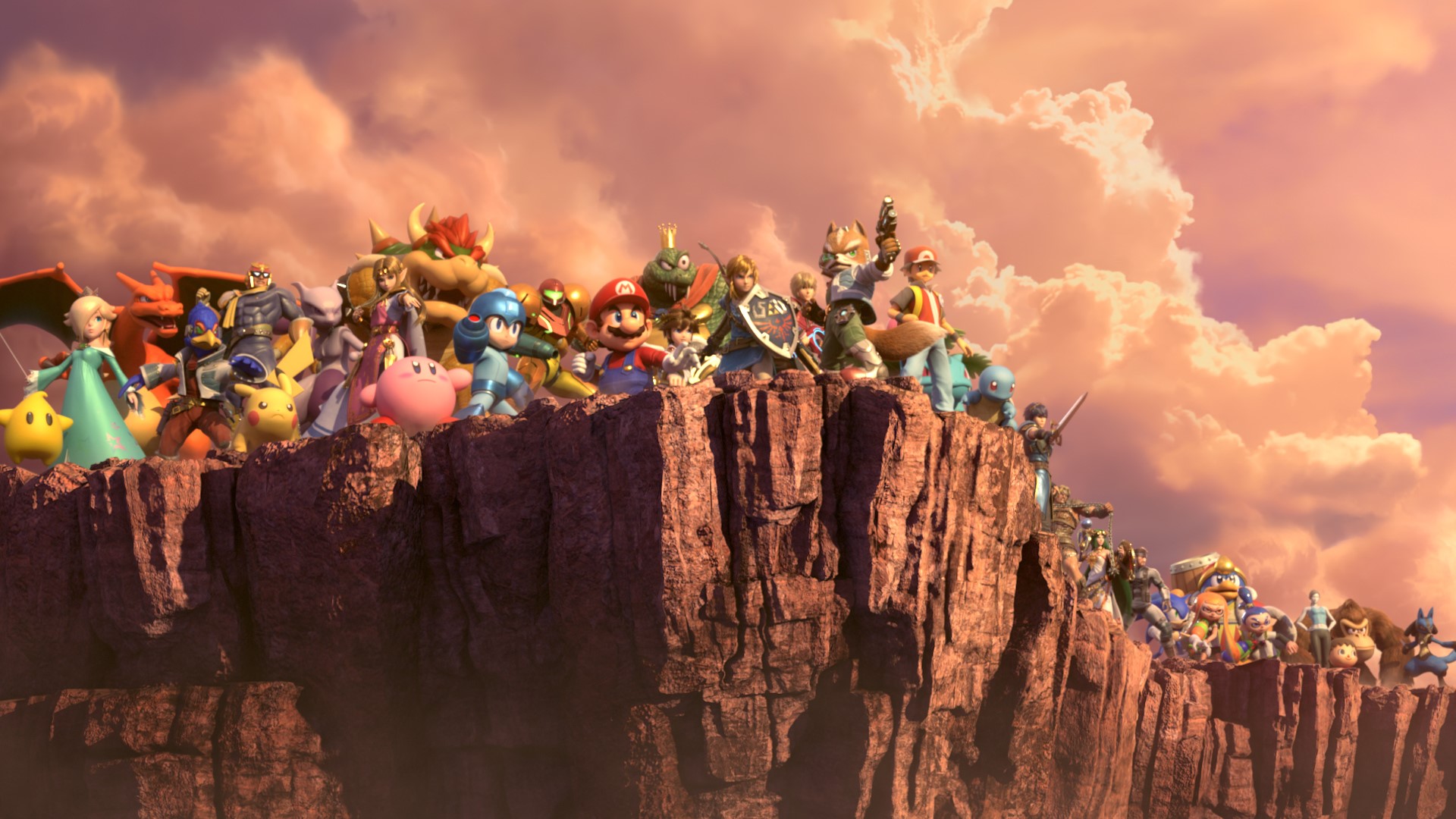
Super Smash Bros. Ultimate Review: “Makes a 20-year-old franchise feel brand new”
At launch, the chaotic fighting game included over 70 combatants and dozens of items and levels that leveraged Nintendo's extensive history as a gaming company. Familiar faces like Mario and Link were joined by unusual inclusions, like Pit and Olimar. Every type of Nintendo fan, no matter how niche, was likely represented in Ultimate in some way. And with the series' signature accessible combat system, anyone, regardless of skill or familiarity with games at all, could jump into the game and have a good time.
With Ultimate, Nintendo finally found a balance between the disparate needs of casual consumers and competitive players. 2014's Smash Bros. 4 introduced the idea of 'For Glory' mode, which automatically turned off items and only allowed players to compete in flat stages, like Final Destination. Ultimate also included alternate competitive forms of its levels meant to reduce the randomness of level hazard and items, but with one key difference. The Switch and its online capabilities – meager as they infamously are – connected Nintendo fans more smoothly, and with better matchmaking systems than ever before.
Though Nintendo's hardware has included internet capabilities for generations now, the Switch is the first instance where the offbeat company adopted the modern conventions of the live service distribution model. Nearly every major franchise, from Super Mario to Pokemon, regularly saw updates and expansions that kept games alive well past their release date. There were quirks, sure. Who can forget the torrent of patches adding "stability" or some other vague fix? But in Ultimate's case, the live service model helped Smash Bros. become an event unto itself.
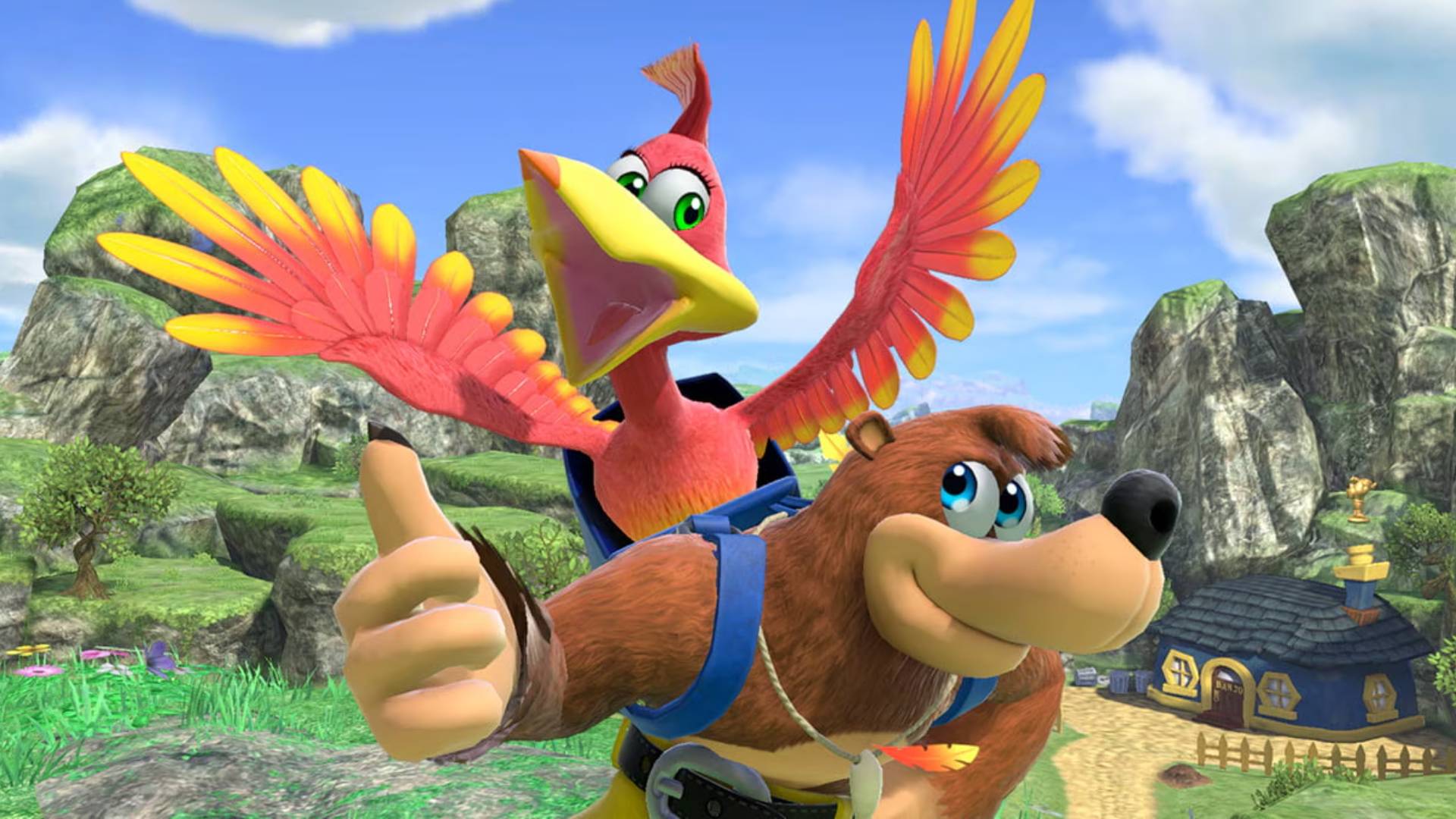
From the onset, series creative director Masahiro Sakurai made it clear that Ultimate's roster would keep growing. The delivery of this information – a Nintendo Direct – built hype through pageantry. Fighters like Street Fighter's Ken and Animal Crossing's Isabelle were introduced with dramatic trailers where the character would beat down other beloved Nintendo stars. Part of what made these announcements so exciting was that viewers never knew what to expect. For every normal inclusion, Nintendo would suddenly introduce a curveball, like Steve from
Weekly digests, tales from the communities you love, and more
Minecraft. Fans couldn't help but fantasize and argue about who might be next, which made for excellent meme fodder. But then Nintendo would turn around and make the proverbial shitpost real, as evidenced by Ridley's inclusion.
The anticipation and celebration of these characters brought completely disparate communities together in a way no other game has ever managed. Platform and console allegiances were irrelevant when it came to Ultimate. The platformer was just as likely to add an obscure Nintendo character as it was a hero owned by Sony or Microsoft. Nintendo said "everyone is here" and meant it.
Ultimate received so many updates over the years that Nintendo fans would often urge Masahiro Sakurai – known overachiever and tireless worker – to take a break. Seven years later, not only is Sakurai back to work on the Switch 2's Kirby Air Riders, but wide-ranging crossovers have become a constant in games like Fortnite. Few games can bring people together and elicit the same excitement as consistently as Ultimate's characters did, though – and not for a lack of trying.
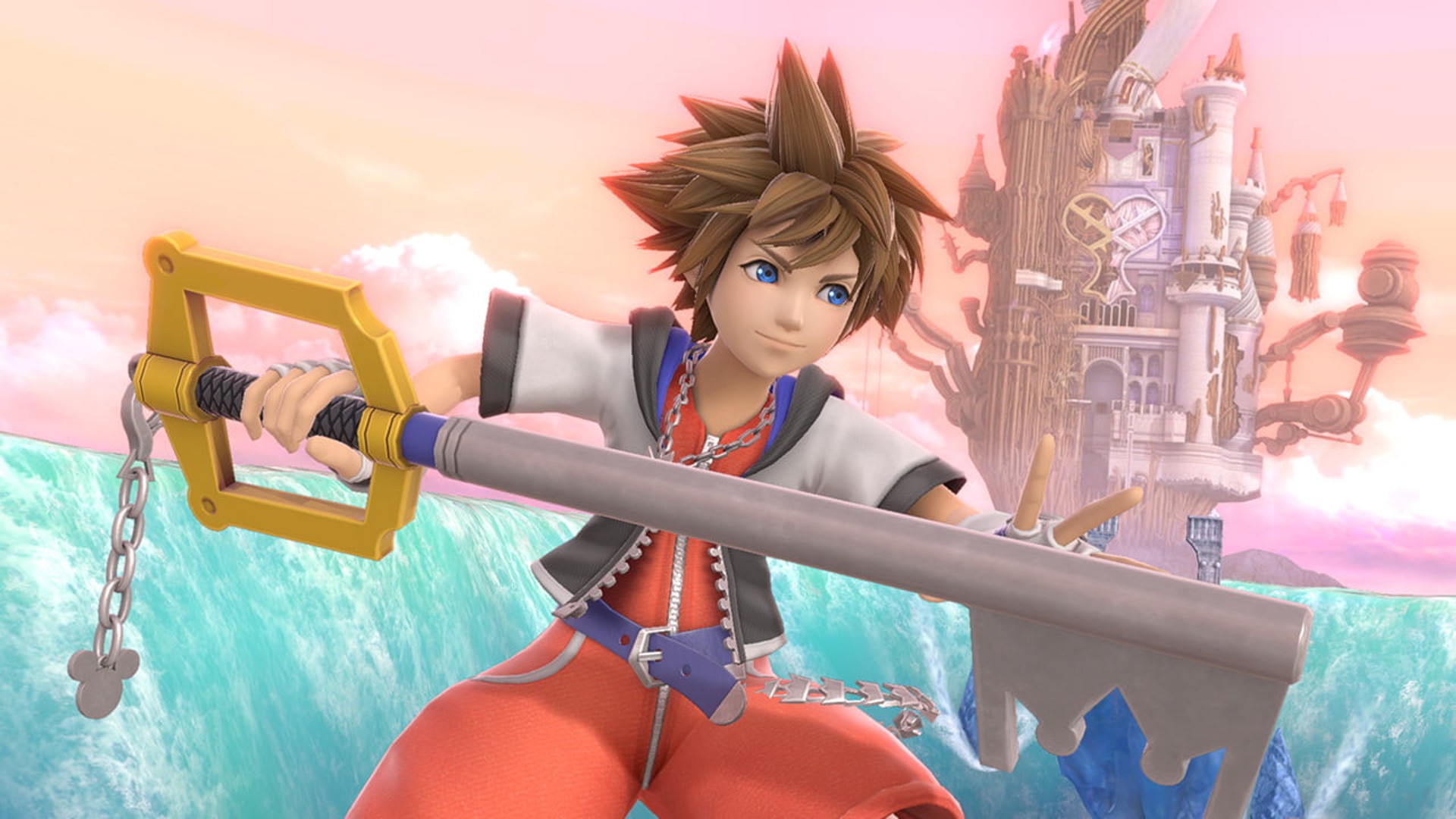
And how could they? Sakurai threw his all into Ultimate; he thought it was the last one he might ever make. He called its mere existence a "miracle" that he may never top.
"I feel we truly succeeded in making people happy with this game, but now that Smash Bros. has grown to be monstrous in size, I'd say it's difficult to imagine an increase of this magnitude happening again," Sakurai said in 2024. To wit, the tireless game developer has outright said that if Ultimate ever sees a follow-up, it'll likely be smaller in scope.
For some, a Smash Bros. game with a svelte roster may sound disappointing. But judging from the way people talk about Ultimate, most people are united in awe that it happened at all. Just look at this YouTube round-up of Ultimate DLC fighter trailers, where words like “masterpiece” are thrown around earnestly.
If there’s a next Smash Bros. game – it’s hard to imagine a Nintendo console without it – it’s possible, if not likely, that it won’t be nearly as big as Ultimate. But if Sakurai, a man who spent the last few years making accessible game development videos on YouTube is involved, you can count on one thing: the next Smash Bros. will be for everyone.
While the future of Smash remains unclear, we're keeping tabs on everything you need to know about the Switch 2
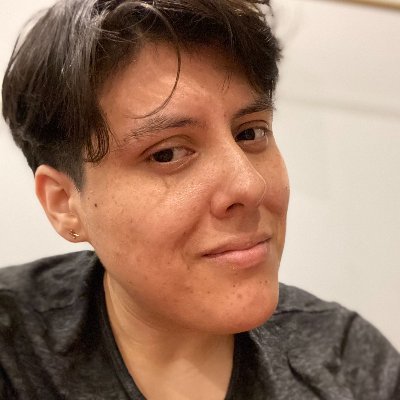
Patricia is the former editor-in-chief of Kotaku, where she spent a decade writing and editing. Prior to that, she served as the Culture Editor at Polygon, and as a reporter at The Verge. She specializes in offbeat internet culture stories, along with reports on unbelievable player triumphs.
You must confirm your public display name before commenting
Please logout and then login again, you will then be prompted to enter your display name.
